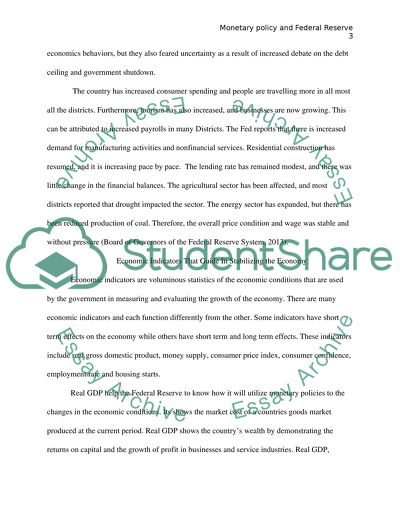Cite this document
(“The Federal Reserve Essay Example | Topics and Well Written Essays - 2000 words - 3”, n.d.)
Retrieved from https://studentshare.org/macro-microeconomics/1494979-the-federal-reserve
Retrieved from https://studentshare.org/macro-microeconomics/1494979-the-federal-reserve
(The Federal Reserve Essay Example | Topics and Well Written Essays - 2000 Words - 3)
https://studentshare.org/macro-microeconomics/1494979-the-federal-reserve.
https://studentshare.org/macro-microeconomics/1494979-the-federal-reserve.
“The Federal Reserve Essay Example | Topics and Well Written Essays - 2000 Words - 3”, n.d. https://studentshare.org/macro-microeconomics/1494979-the-federal-reserve.


